Fujiya


Tenugui
“Things in your daily life”
Tenugui in Kanji characters refers to hand wiping.
The origin of Tenugui is for wiping one’s hands dry after washing them.

Roots
The roots of Tenugui goes back to the Heian period (AD 794-1185). It was not until the Edo period (1603-1867) that the fabric used became cotton as we use today.
The city of Edo during the Edo period was the world’s largest city with the largest population, but the city was still kept clean because everyone had a strong awareness of the importance of cleanliness.
There was a saying “Bring three Tenugui for your trip”, and people used Tenugui for many different occasions; it was necessary item.
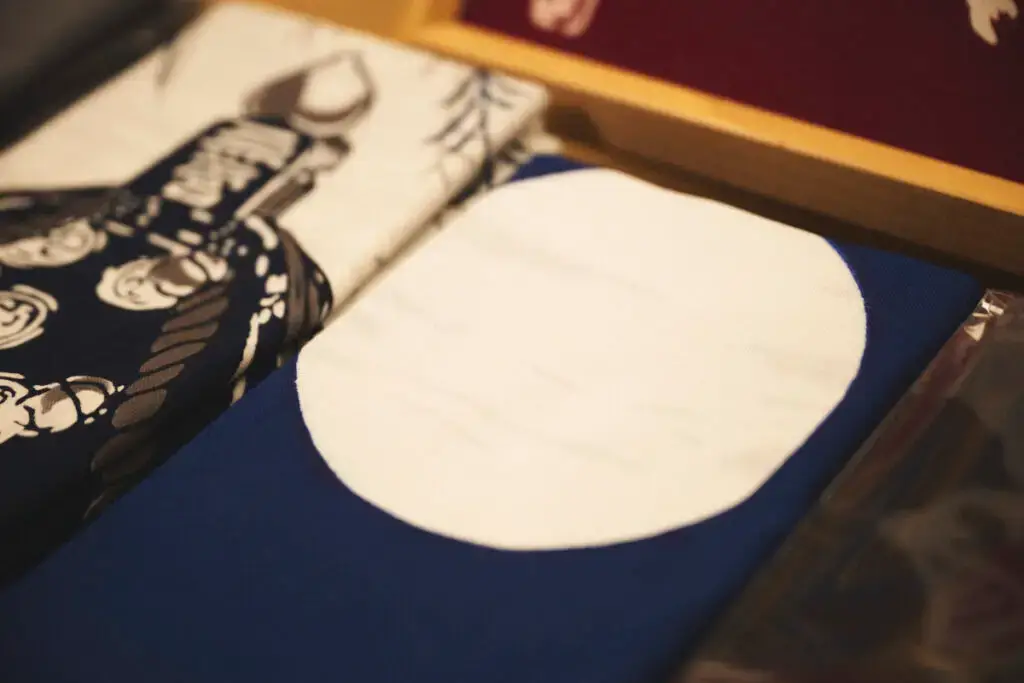
Design
For the purpose of Tenugui, designs were not necessary but people in Edo enjoyed art in their daily life to a up their life. We want to continue to design our Tenugui for our customers to enjoy using it in their daily life.
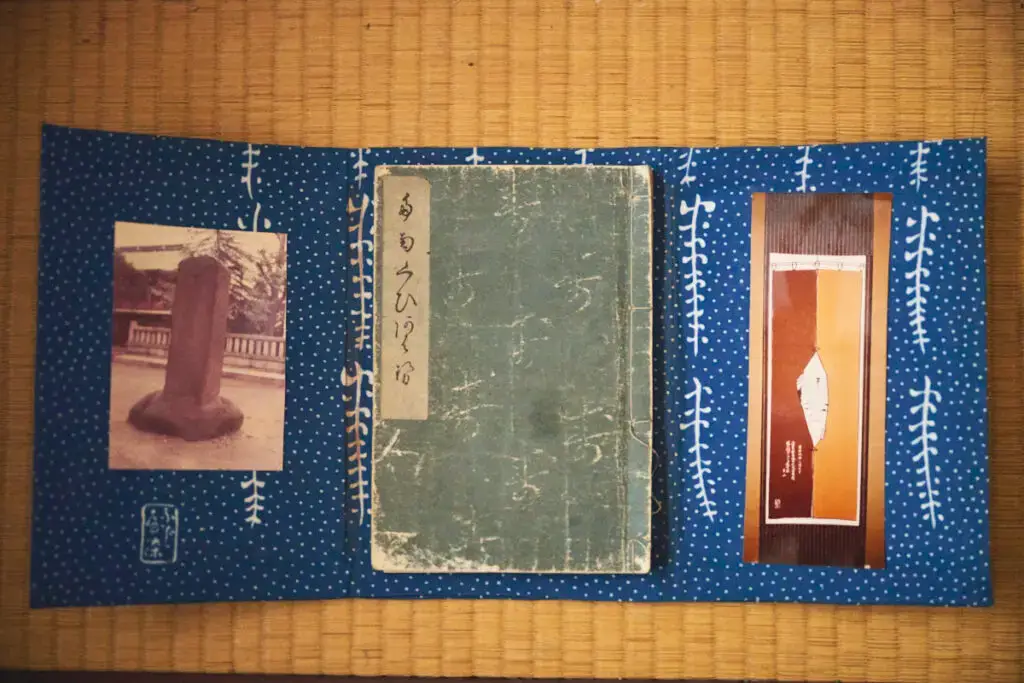
When did Tenugui start to have designs?
There is a record of an exhibition “Tanakui Awase” in 1784.
(“Tanakui” is another name for Tenugui).
Ukiyo-e artists, Samurai, Yujo (prostitutes) and other people of any status submitted their designs for the Tenugui exhition.
Especially, towards the end of the Edo period, Tenugui was used not only for functional purposes but also as decorations.
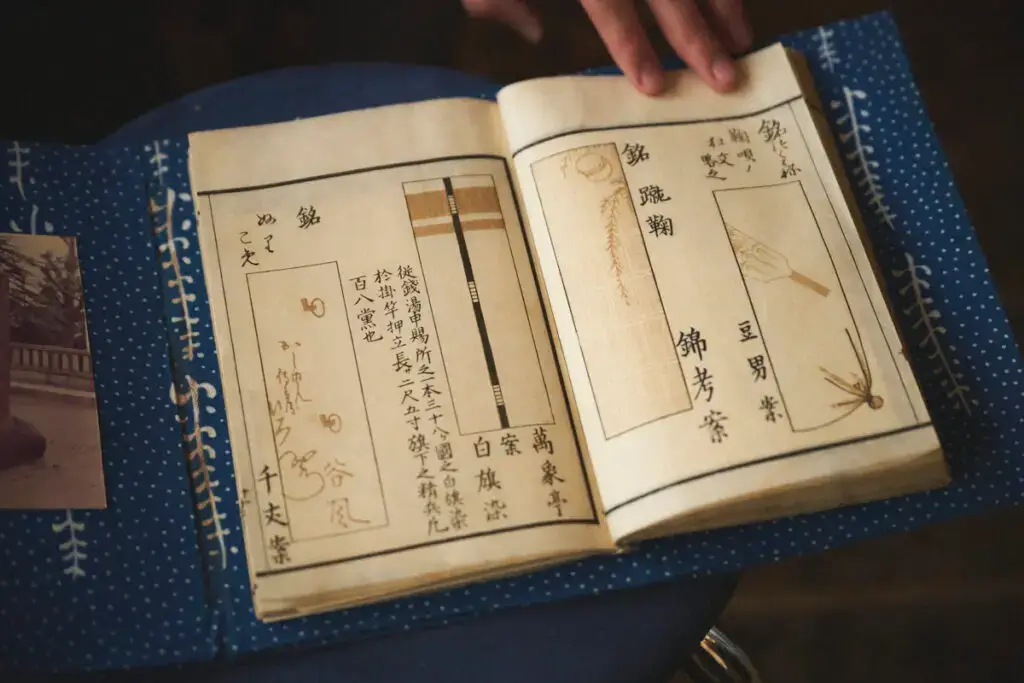
It’s quite amazing that people had such an exhibition in 1784, after a severe famine in 1783.
It was a time when it was hard to even eat, and to hold a Tenugui exhibition like this was something that only Edo people could do, which we found interesting and admirable.
During the Edo period, there were a lot of regulations. People found ways to enjoy their lives with style.
This inspires us to push ourselves to create better Tenugui.

Usage
Tenugui can be used as wall decorations, cushion covers, lunch mats, and kitchen towels.
A great thing about Tenugui is that it is very versatile and you can use it for your lifestyle.

Relationship with Asakusa
One of our signature Tenugui designs has a picture of Sanjya Festival, the biggest event in Asakusa.
The design of this Tenugui shows people carrying Mikoshi (portable shrine).
People are wearing Tenugui as Hachimaki (headband), with their townʼs design printed on the Tenugui.
Tenugui are used as a sign of friendship among the members of each town council, so that you can tell at a glance which team you are on.

Family Owned
We have been a family-owned Tenugui shop for more than 75 years. We are the oldest Tenugui shop in Tokyo.
We are proud to create high quality Tenugui.
We manufacture the product at every step of production. We do not purchase anything from suppliers, and dye
everything at Fujiya. The more you wash it, the softer the fabric becomes, and the longer you use it, the more you can enjoy the change in color over time.
It is eco-friendly to use the cloth until it becomes a rag, which has been the practice since the Edo period, and I hope that people will continue to use it this way.
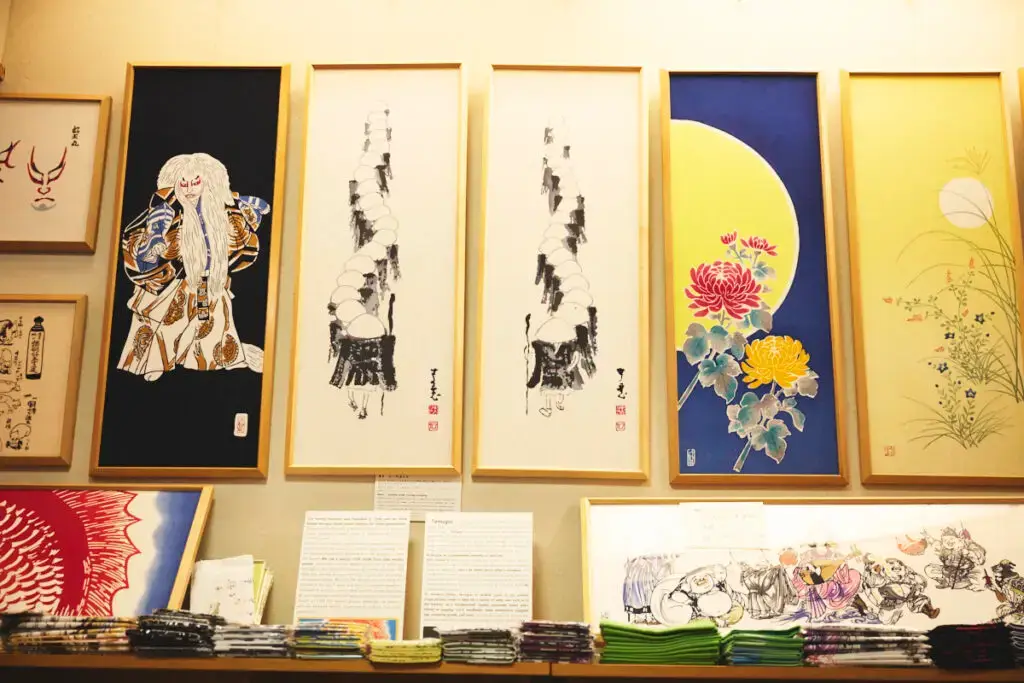
Wall decoration
Since 1784, a culture of wall decoration has existed. Fujiya makes our own frames for our Tenugui.
My grandfather, the first generation of Fujiya, created these with the idea of making it easy to put Tenugui on display. We hope you enjoy our Tenugui as an art piece.
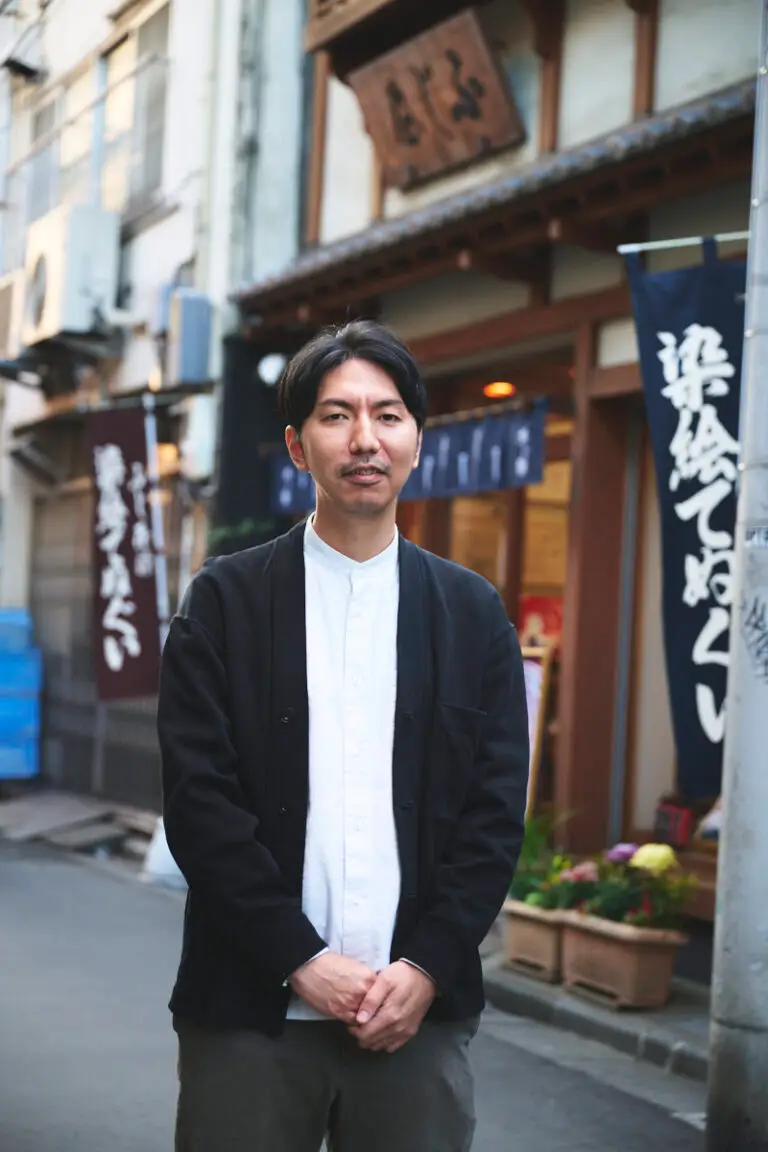
Our values
KAWAKAMI Masahiro
We have beeen making Tenugui since my grandfatherʼs generation. We noticed that our customers, especially the younger generations, do not know how versatile Tenugui is. As the third generation of Fujiya, my responsibility is to re-introduce Tenugui to the younger generation.
It is important to continue my work so that the familiar culture of Tenugui can be handed down to future generations.

